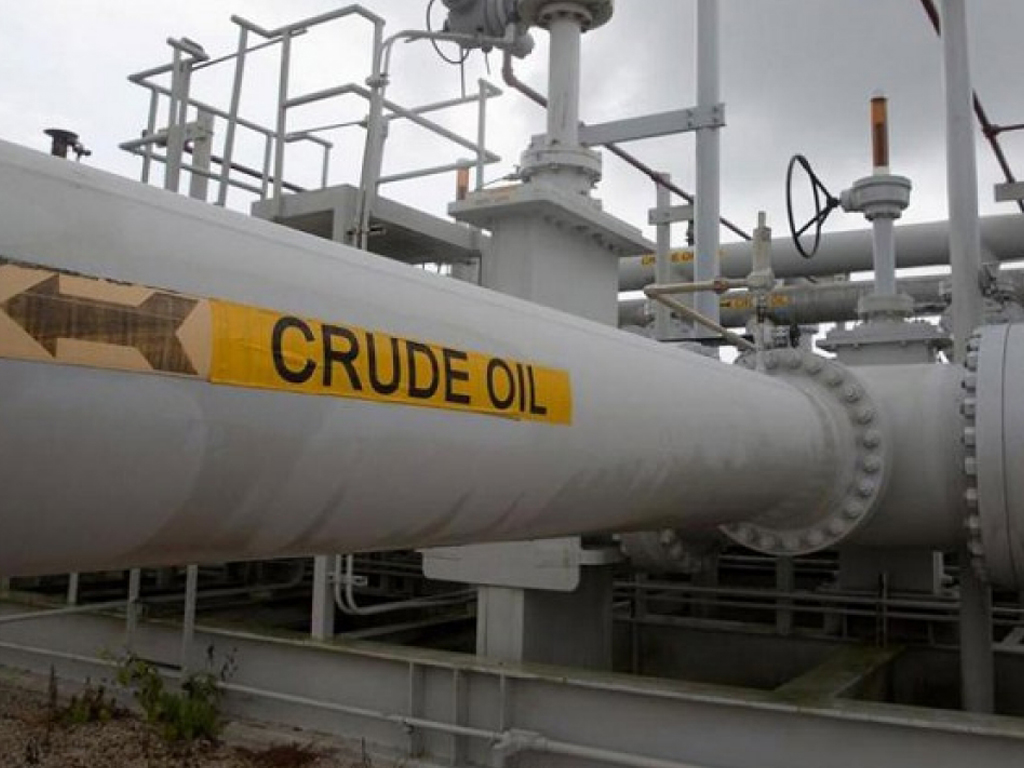 SINGAPORE: Oil prices held closely below December 2014 highs on Monday, supported by production cuts by OPEC and Russia, although the market was capped by a rise in US and Canadian drilling activity that points to higher future output in North America.
SINGAPORE: Oil prices held closely below December 2014 highs on Monday, supported by production cuts by OPEC and Russia, although the market was capped by a rise in US and Canadian drilling activity that points to higher future output in North America.
Brent crude oil futures rose to $70 a barrel on Monday, supported by cuts led by OPEC and Russia, although they dipped back to $69.80 a barrel by 0739 GMT, down 6 cents from their last close as the rise in North American drilling weighed.
US West Texas Intermediate (WTI) crude futures were at $64.35 a barrel, up 5 cents from their last settlement.
Both benchmarks last week reached levels not seen since December 2014, with Brent touching $70.05 a barrel and WTI reaching as high as $64.77.
Oil markets have been well supported by production cuts led by the Organization of the Petroleum Exporting Countries (OPEC) and Russia which are aimed at propping up prices by reducing available global crude inventories.
"With our marginal cost estimate in the low $60s per barrel, 3.5 million barrels per day (bpd) of spare capacity, and 98 million bpd of demand, current oil prices...make sense," Bernstein Energy said in a note on Monday. "We continue to expect further inventory draws in 2018 which will support oil prices."
The supply cuts started in January last year and are set to last through 2018, and they have coincided with healthy demand growth, pushing up crude prices by more than 13 percent since early December.
But other factors, including political risk, have also supported crude.
"Tighter fundamentals are (the) main driver to the rally in prices, but geopolitical risk and currency moves along with speculative money in tandem have exacerbated the move," US bank JPMorgan said in a note.
Attracted by tighter supplies and strong consumption, financial investors have raised their net long US crude futures positions, which would profit from higher prices, to a new record, the US Commodity Futures Trading Commission (CFTC) said on Friday.
CORRECTION AHEAD?
Some analysts, though, have been warning of a downward correction after the sharp price gains since December.
US energy companies added 10 oil rigs in the week to Jan. 12, taking the number to 752, energy service firm Baker Hughes said on Friday.
That was the biggest increase since June 2017. ANZ bank said the jump came "as shale producers quickly reacted to the strong rise in prices in 2018".
The picture was similar in Canada, where energy firms almost doubled the number of rigs drilling for oil last week to 185, the highest level in 10 months.
The high prices for crude, which is the most important feedstock in the petroleum industry, have also crimped profit margins for oil refiners, resulting in a decline in new crude orders.

























Comments
Comments are closed.